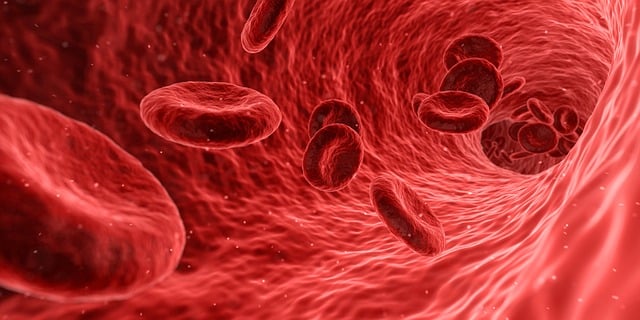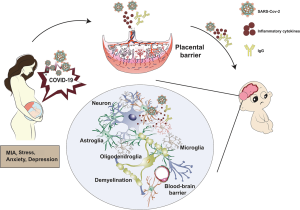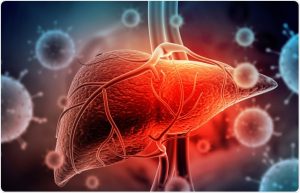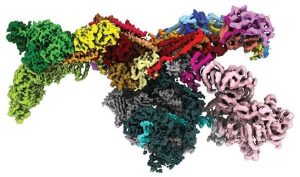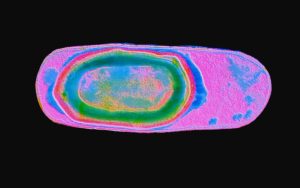A brand-new cutting-edge technique that counts the drugs and lipids (fats) in each individual cell may enable medical professionals to focus on diseases like tuberculosis with more precise treatment plans (TB).
Individual living cells containing drugs frequently used to treat tuberculosis were isolated by researchers from the University of Surrey, who discovered that each cell absorbed the drug differently and had a distinct lipid “fingerprint.”
There was a big variation in how much drug was found in each cell – this indicates that different cells absorb drugs differently. This could prove significant to improving our understanding of life-saving treatments – not only for TB but for other infectious diseases and cancer too.”
Dr Holly-May Lewis, first author of the study, University of Surrey
“Surrey is one of the few places in the country where it’s possible to experiment with these cutting-edge measuring techniques. We recently secured funding to establish a national research facility that will help researchers from the UK to make single cell measurements. If we are ever able to develop effective therapeutic methods to treat devastating diseases or fight the pandemics of the future, more out-of-box scientific thinking like this is needed.”

